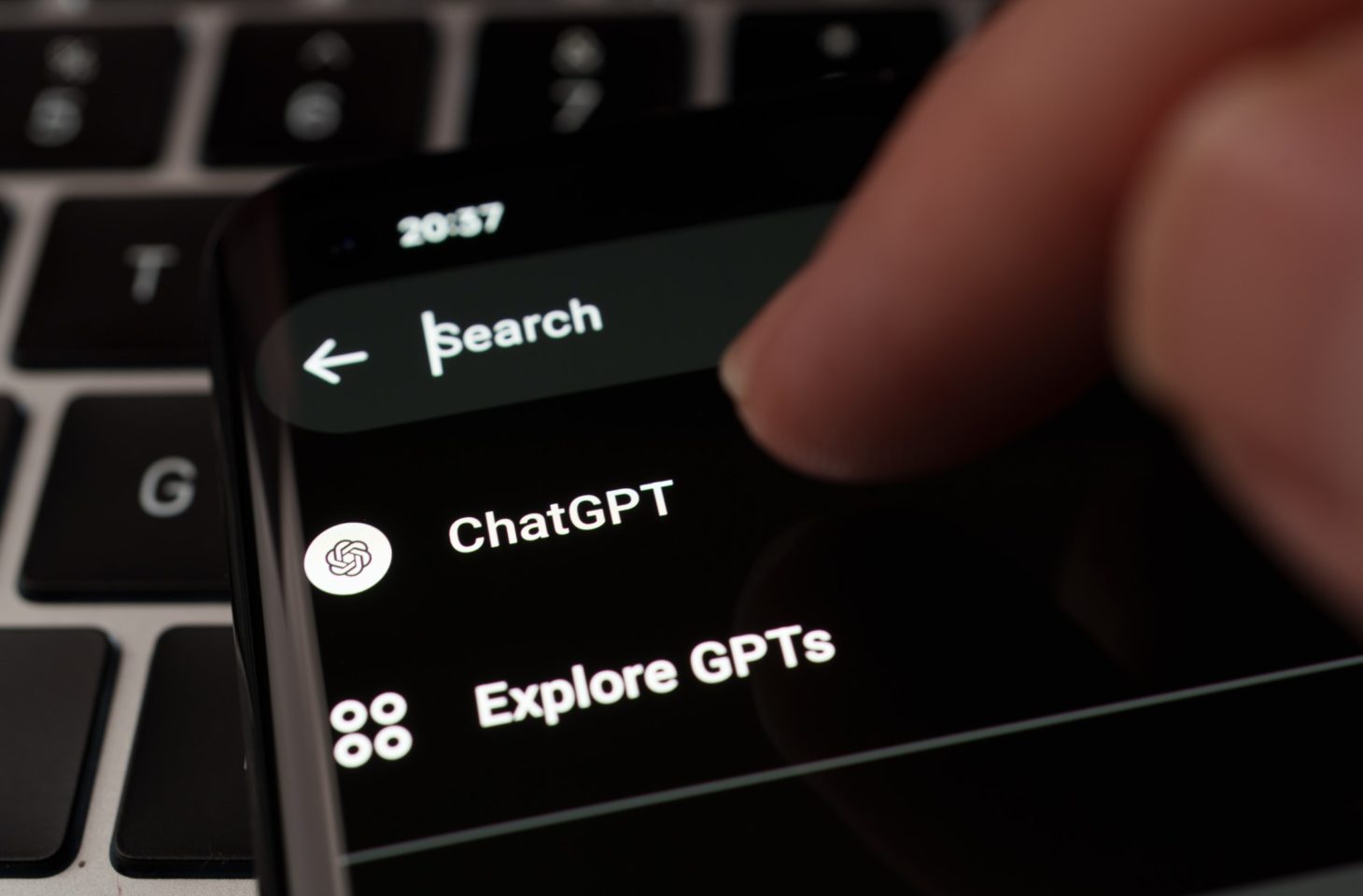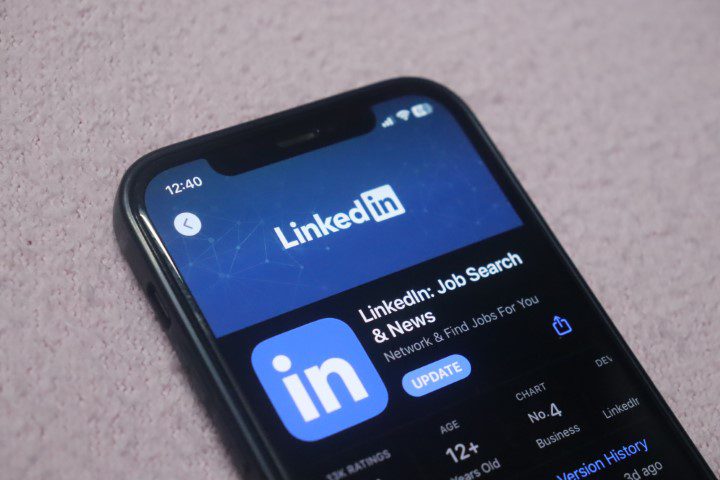OpenAI publishes a security report in which external security experts assess the security of the multimodal model GPT-4o. The result? An “average risk”.
Before launching GPT-4o in May this year, OpenAI used an external group of security experts to identify vulnerabilities in the system. Now, OpenAI is releasing its GPT-4o system map, which includes a research paper that maps out GPT-4o’s security measures and risk assessments. According to the researchers, GPT-4o has been rated as medium risk, although there is still a lot of work ahead for OpenAI in terms of security and transparency.
Safety report
The Red Teamers investigated, among other things, whether GPT-4o is capable of creating unauthorized clones of a person’s voice, producing erotic and violent content, or generating copyrighted audio. OpenAI is now publishing the GPT-4o system map announcing the results.
This is not the first system map that OpenAI has released. For example, GPT-4 and DALL-E3 have undergone similar tests. OpenAI is constantly criticized for its language models. This is due to security issues and the illegal use of training data.
Medium risk
The report shows that researchers rate GPT-4o as a “medium” risk. The risk was determined based on four overall categories: cybersecurity, biological threats, persuasion, and model autonomy. These were rated as low risk, with the exception of “conviction.” According to the researchers, some of GPT-4o’s writing samples could influence readers’ opinions.
Having the model evaluated by external red teamers is a step towards greater transparency at OpenAI. The AI law should regulate such large language models and impose restrictions on companies whose AI is used in harmful ways.














